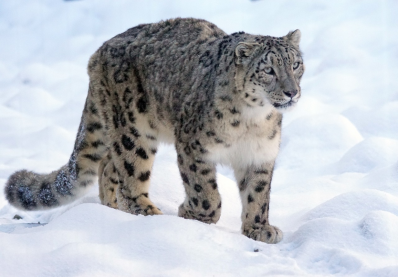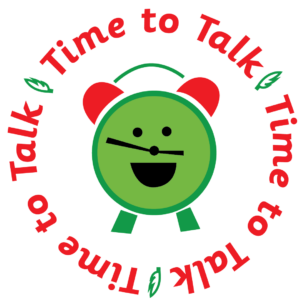Modal verbs: snow leopard
The Grammar Bit!
Read the three sentences opposite. They each contain a modal verb (bold). A modal verb is a special type of helping verb that adds meaning to the main verb in the sentence.
One the main functions of a modal verb is to show the degree of possibility or likelihood of something happening. The most common modal verbs that perform this function are will, would, should, could, may, can, shall, ought to, must and might. Many of these modal verbs have a negative form. eg. couldn’t /could not, can’t/cannot etc.
You can add even greater meaning to the modal verb by combining it with a modal adverb. Some commonly used modal adverbs (underlined) include the following: never, perhaps, sometimes, surely, definitely, probably, possibly, certainly and always.
With your talk partner, see if you can replace the modal verb in each sentence with a suitable alternative from the list above.
Scintillating Sentences
- You might think that a snow leopard’s habitat is bleak, dangerous, cold and desolate, but these incredible mammals are well adapted to their high-altitude home.
- Although snow leopard cubs stay with their mothers for at least 18 months, once they split up and start wandering the vast mountain expanse independently, they may never meet again.
- For warmth, an exhausted snow leopard will sometimes wrap its long tail around its body like a scarf.

After the disappointment of the chase, the snow leopard’s wide paws stopped him from getting that sinking feeling!

 Sign in
Sign in

